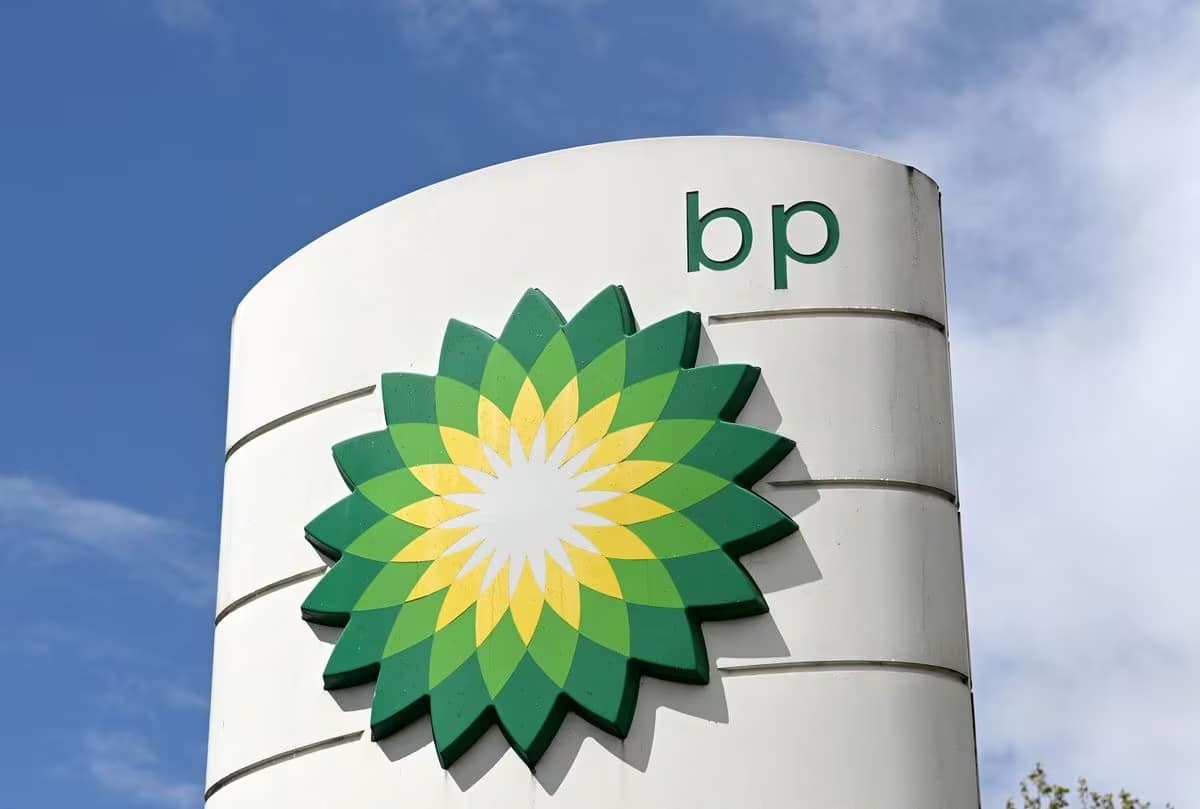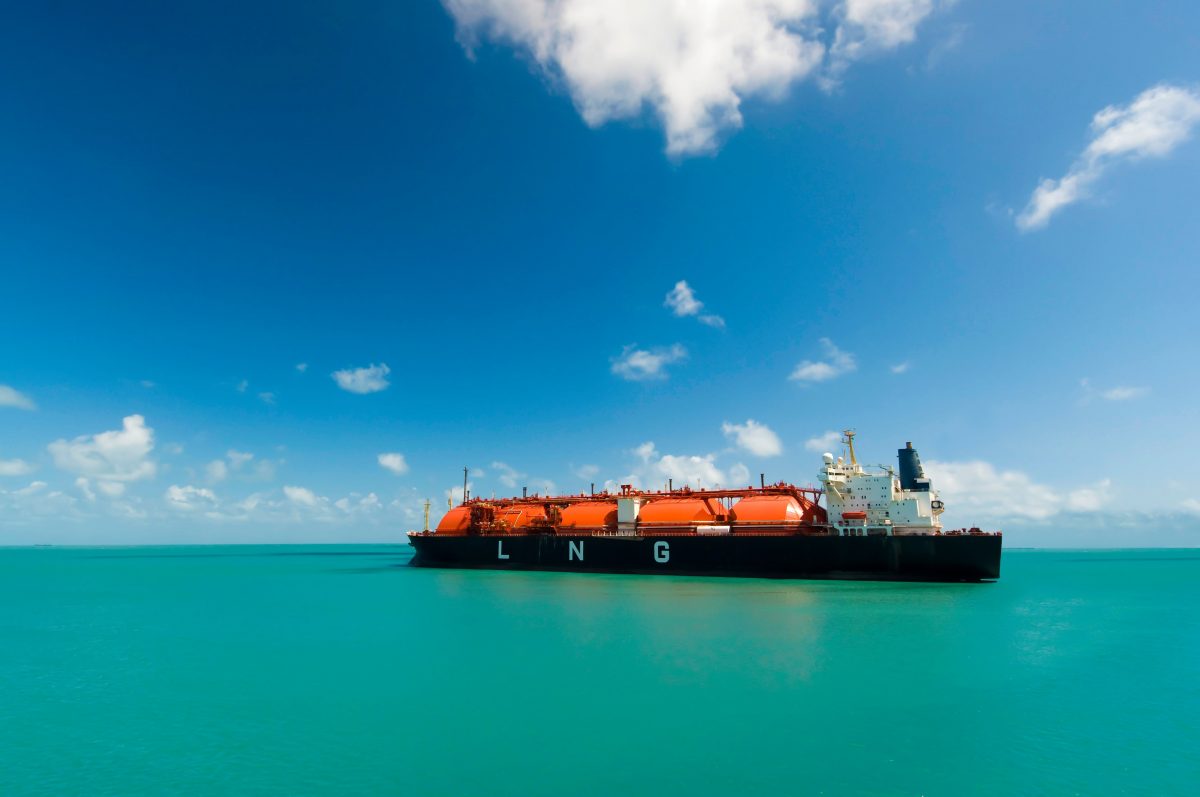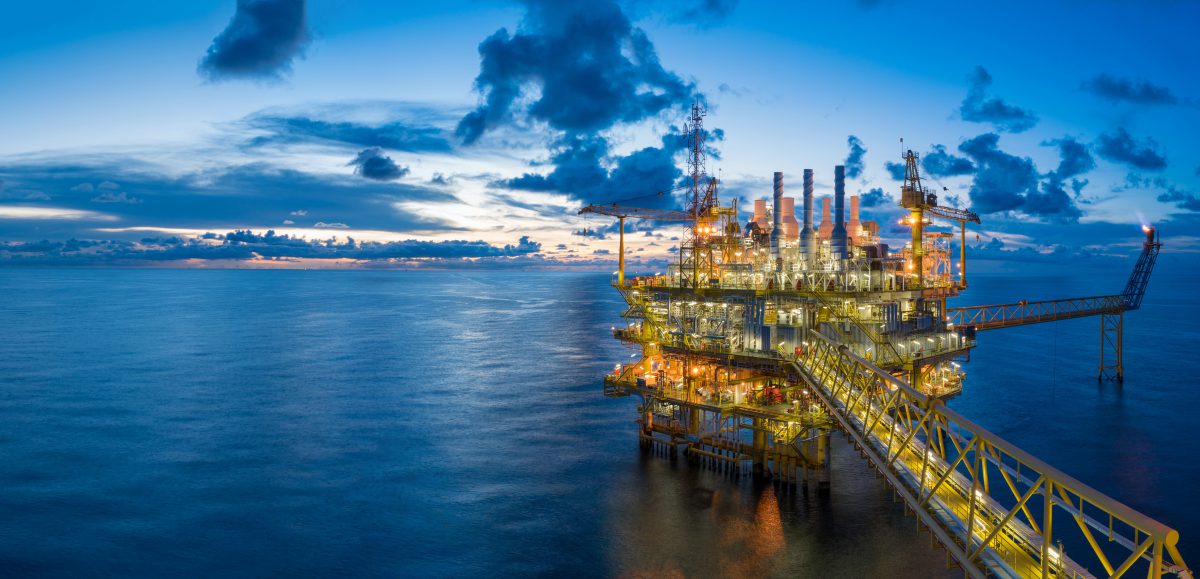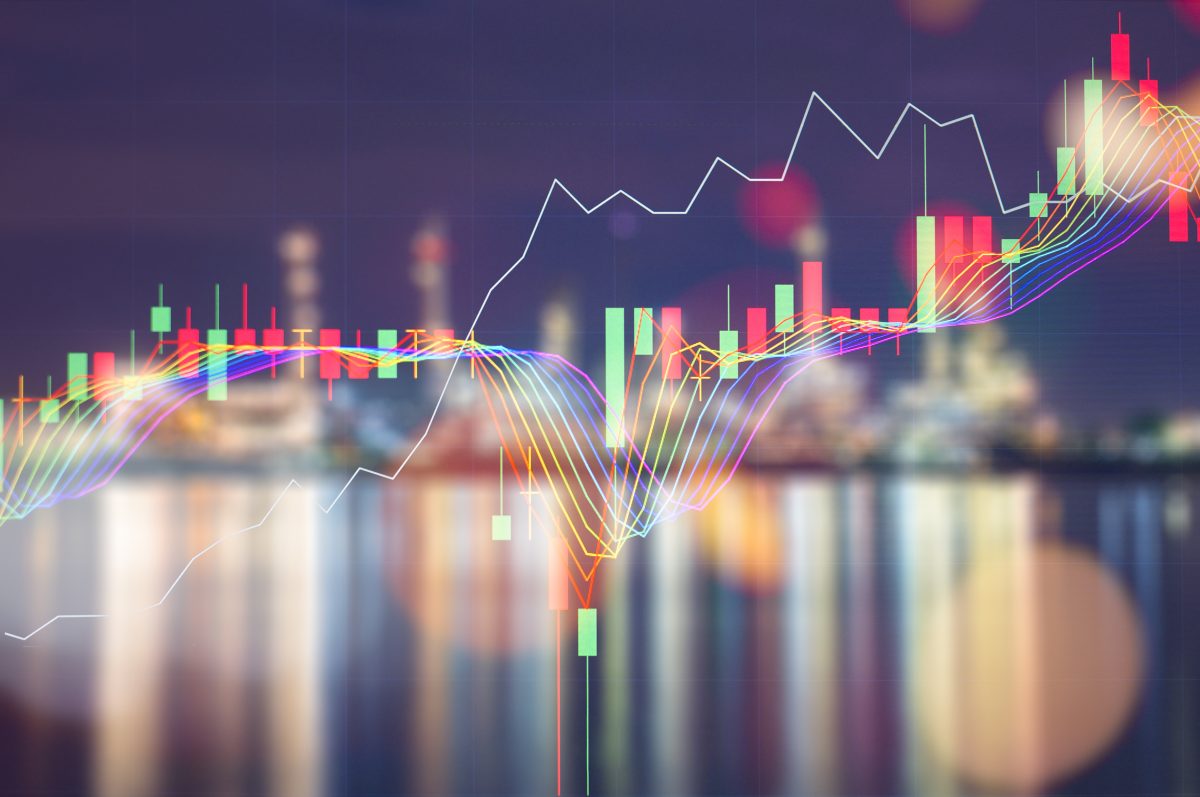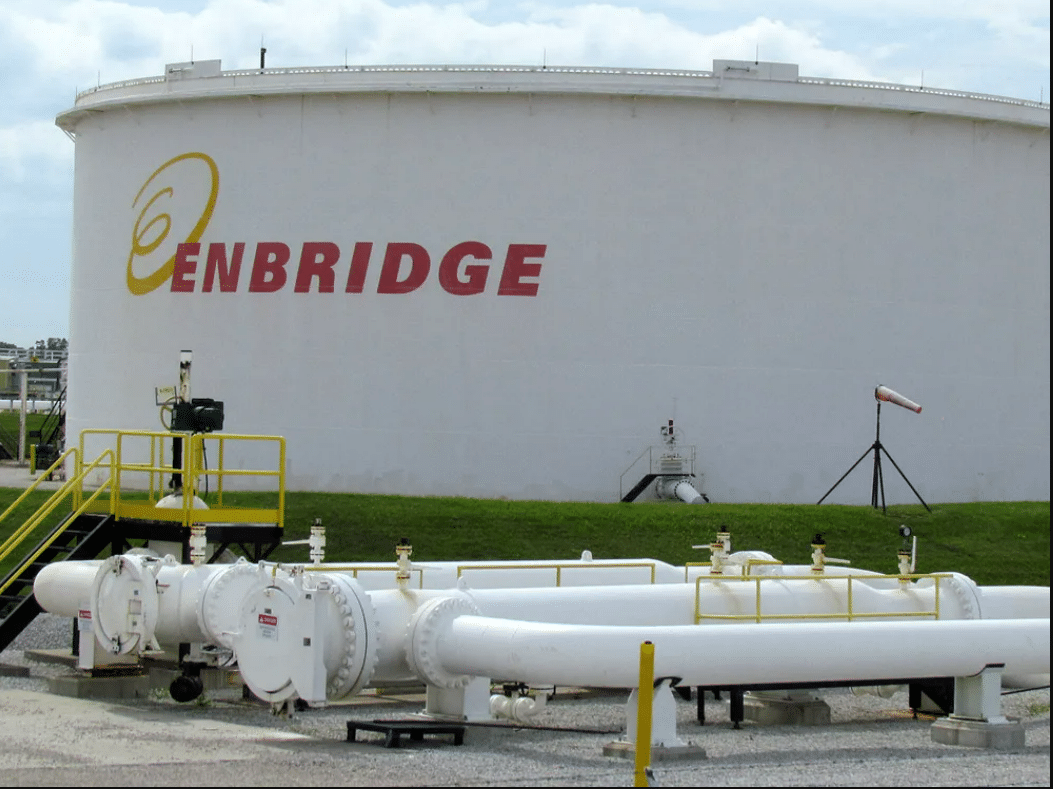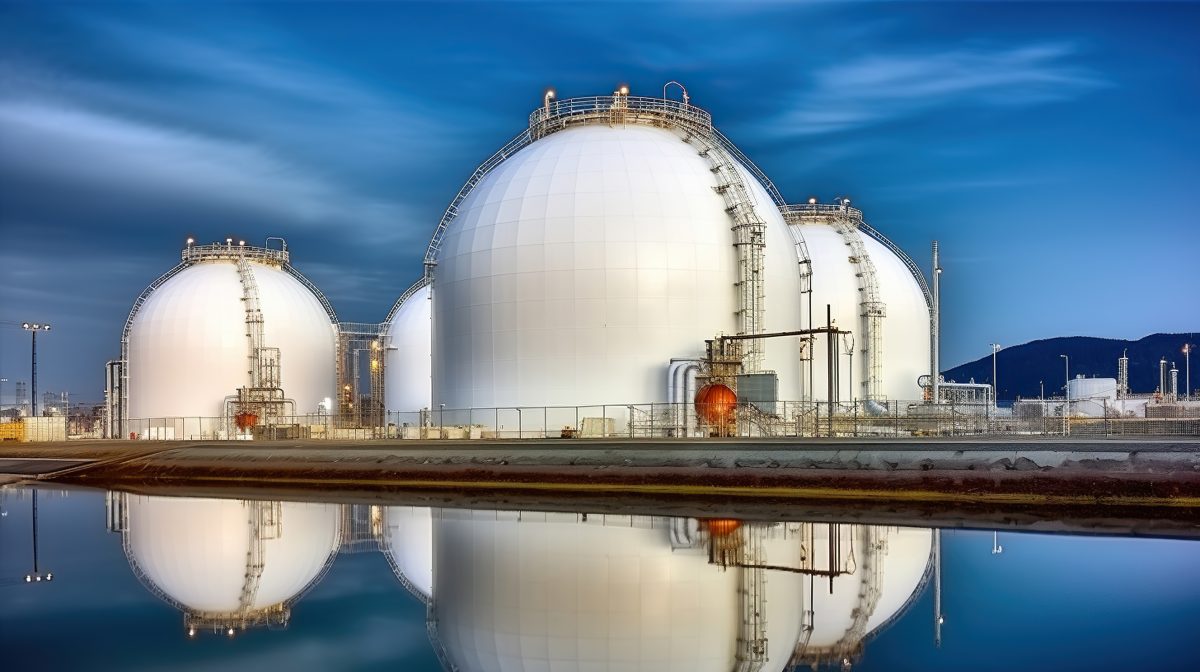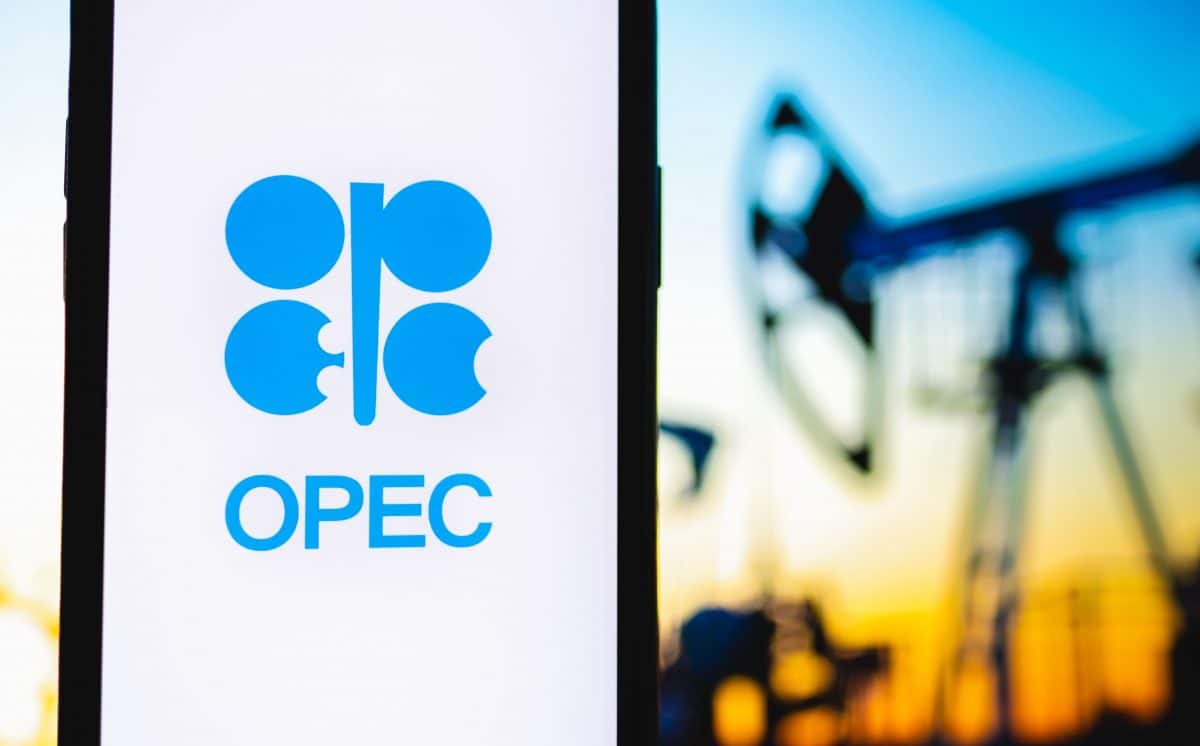BP (BP.L), opens new tab has abandoned a target to cut oil and gas output by 2030 as CEO Murray Auchincloss scales back the firm’s energy transition strategy to regain investor confidence, three sources with knowledge of the matter said.
When unveiled in 2020, BP’s strategy was the sector’s most ambitious with a pledge to cut output by 40% while rapidly growing renewables by 2030. BP scaled back the target in February last year to a 25% reduction, which would leave it producing 2 million barrels per day at the end of the decade, as investors focused on near-term returns rather than the energy transition.
The London-listed company is now targeting several new investments in the Middle East and the Gulf of Mexico to boost its oil and gas output, the sources said.
Auchincloss took the helm in January but has struggled to stem the drop in BP’s share price, which has underperformed its rivals so far this year as investors question the company’s ability to generate profits under its current strategy.
The 54-year-old Canadian, previously BP’s finance head, has sought to distance himself from the approach of his predecessor Bernard Looney, who was sacked for lying about relationships with colleagues, vowing instead to focus on returns and investing in the most profitable businesses, first and foremost in oil and gas.
The company continues to target net zero emissions by 2050.
“As Murray said at the start of year… the direction is the same – but we are going to deliver as a simpler, more focused, and higher value company,” a BP spokesperson said.
BP shares were up 0.8% by 0912 GMT.
Auchincloss will present his updated strategy, including the removal of the 2030 production target, at an investor day in February, though in practice BP has already abandoned it, the sources said. It is unclear if BP will provide new production guidance.
Rival Shell has also slowed down its energy transition strategy since CEO Wael Sawan took office in January, selling power and renewable businesses and scaling back projects including offshore wind, biofuels and hydrogen.
The shift at both companies has come in the wake of a renewed focus on European energy security following the price shock sparked by Russia’s invasion of Ukraine in early 2022.
BP has invested billions in new low-carbon businesses and sharply reduced its oil and gas exploration team since 2020.
But supply chain issues and sharp increases in costs and interest rates have put further pressure on the profitability of many renewables businesses.
A company source said that while rivals had invested in oil and gas, BP had neglected exploration for a few years.
BACK TO THE MIDDLE EAST
BP is currently in talks to invest in three new projects in Iraq, including one in the Majnoon field, the sources said. BP holds a 50% stake in a joint venture operating the giant Rumaila oilfield in the south of the country, where it has been operating for a century.
In August, BP signed an agreement with the Iraqi government to develop and explore the Kirkuk oilfield in the north of the country, which will also include building power plants and solar capacity. Unlike historic contracts which offered foreign companies razor-thin margins, the new agreements are expected to include a more generous profit-sharing model, sources have told Reuters.
BP is also considering investing in the re-development of fields in Kuwait, the sources added.
In the Gulf of Mexico, BP has announced it will go ahead with the development of Kaskida, a large and complex reservoir, and the company also plans to green light the development of the Tiber field.
It will also weigh acquiring assets in the prolific Permian shale basin to expand its existing U.S. onshore business, which has expanded its reserves by over 2 billion barrels since acquiring the business in 2019, the sources said.
Auchincloss, who in May announced a $2 billion cost saving drive by the end of 2026, has in recent months paused investment in new offshore wind and biofuel projects and cut the number of low-carbon hydrogen projects down to 10 from 30.
BP has nevertheless acquired the remaining 50% in its solar power joint venture Lightsource BP as well as a 50% stake in its Brazilian biofuel business Bunge.
By: Reuters, Ron Bousso / October 7, 2024

